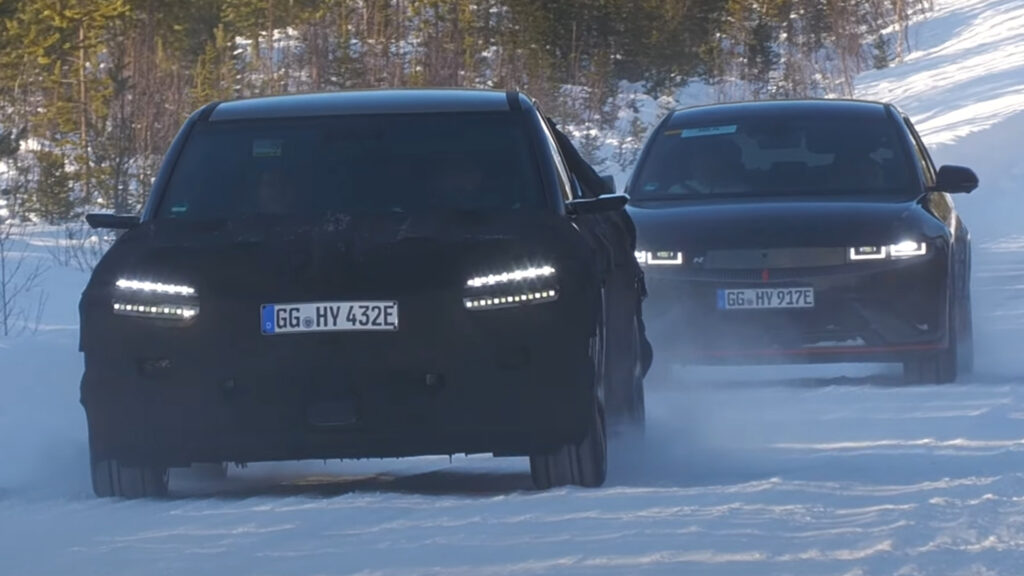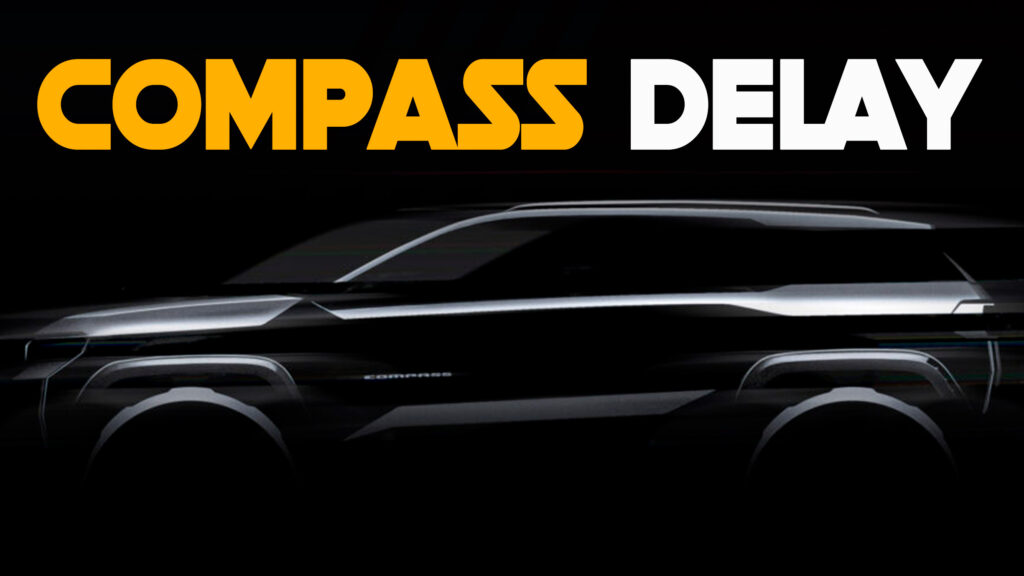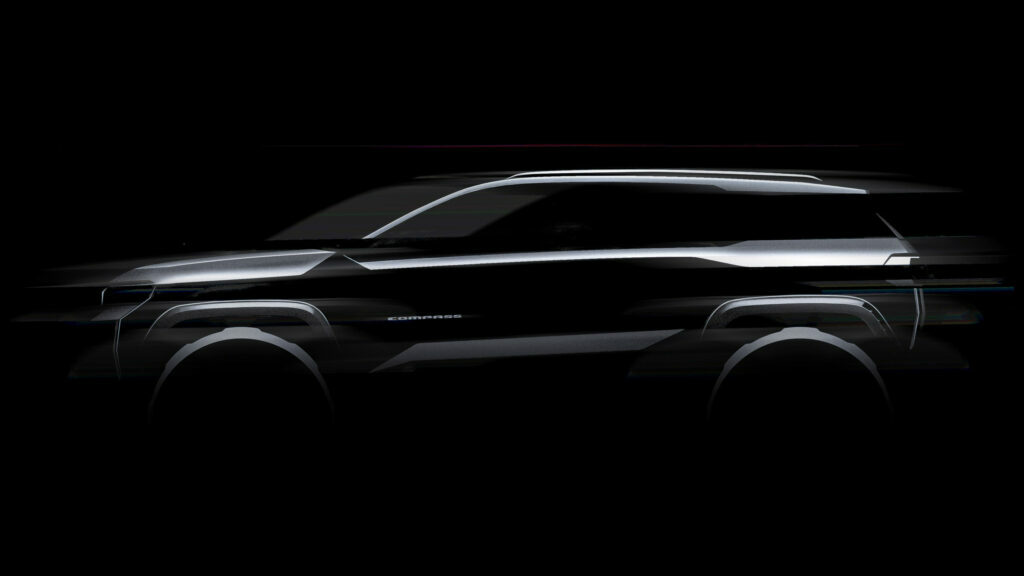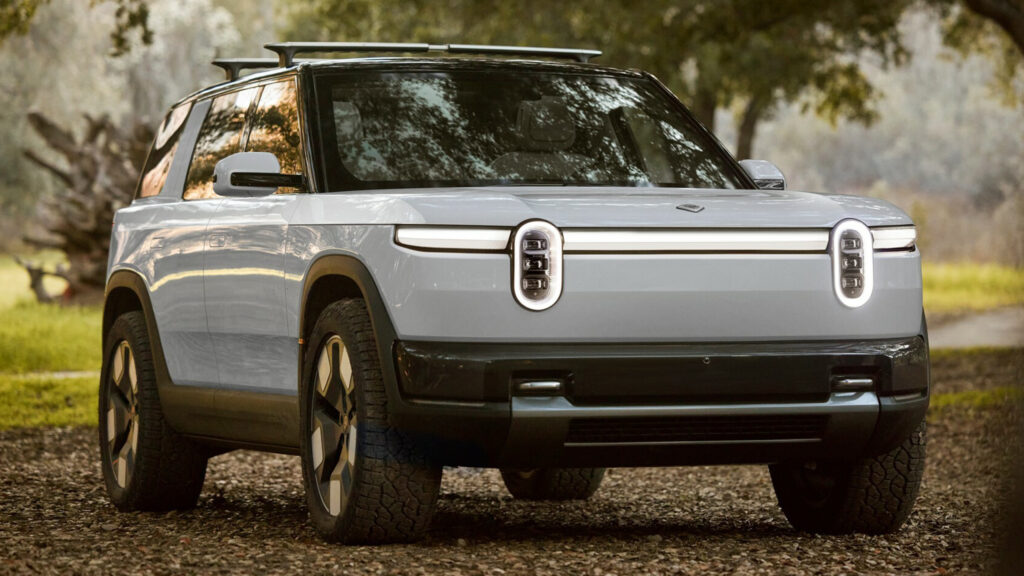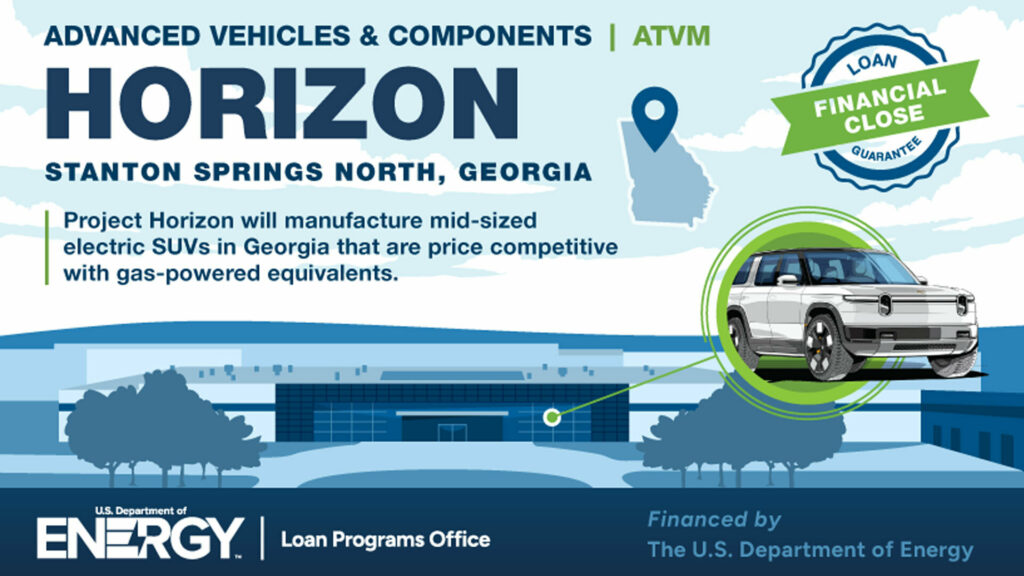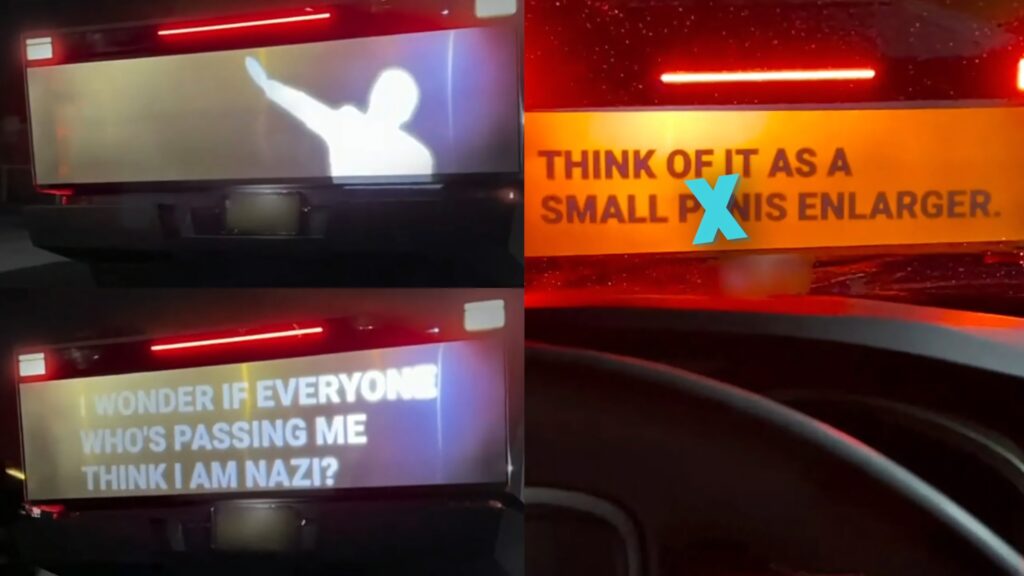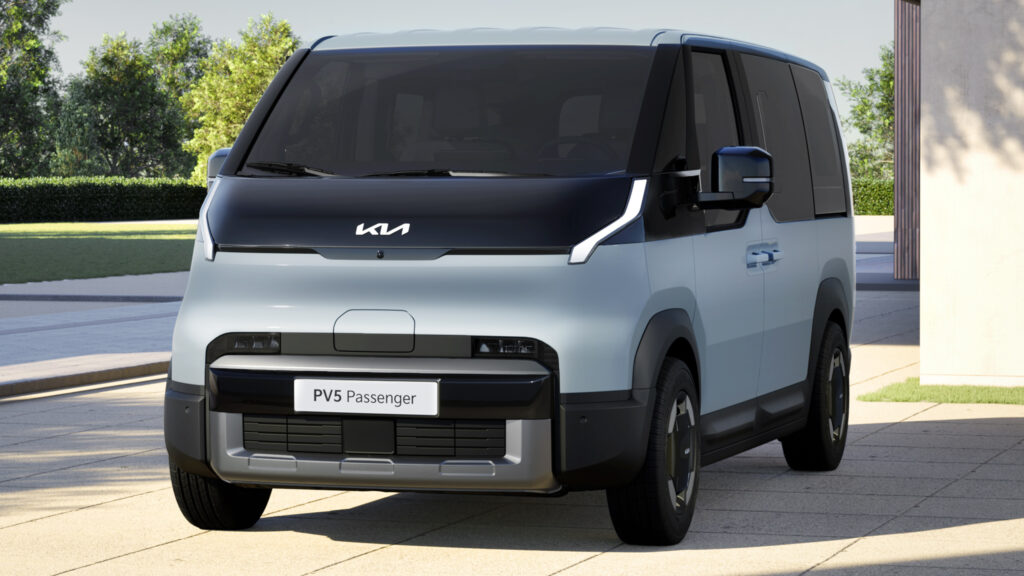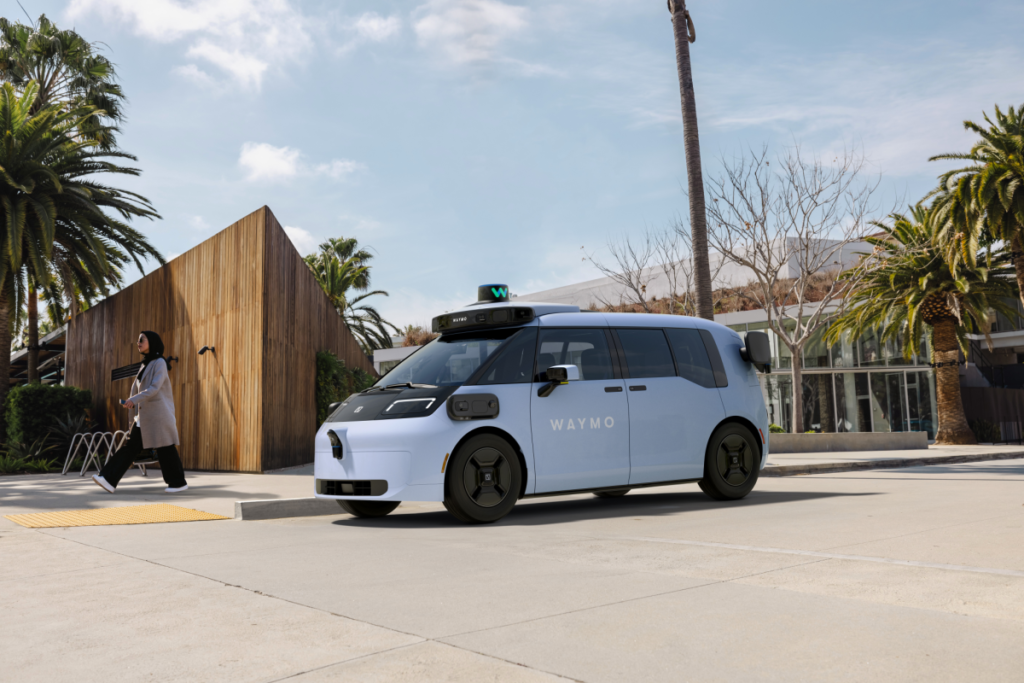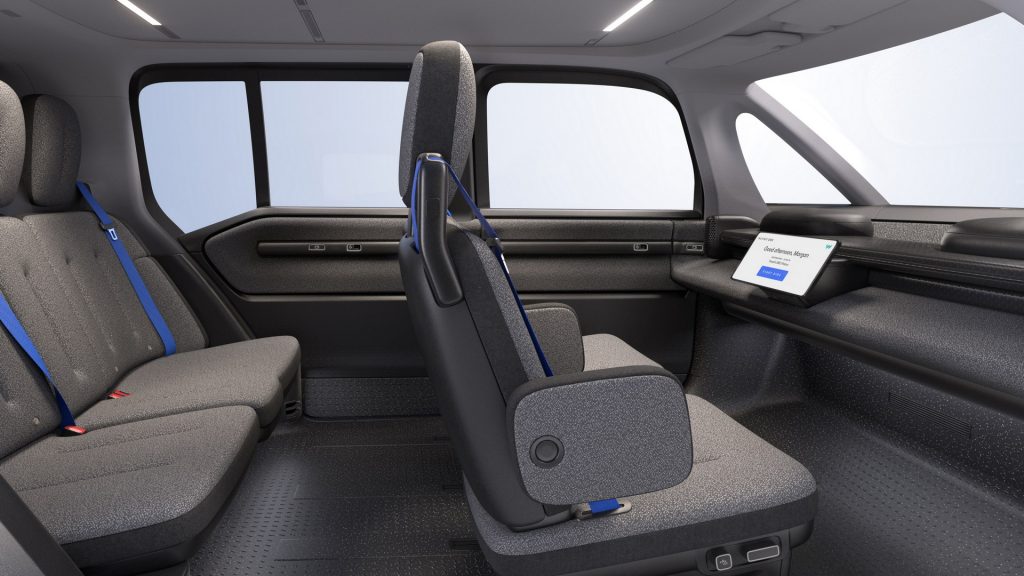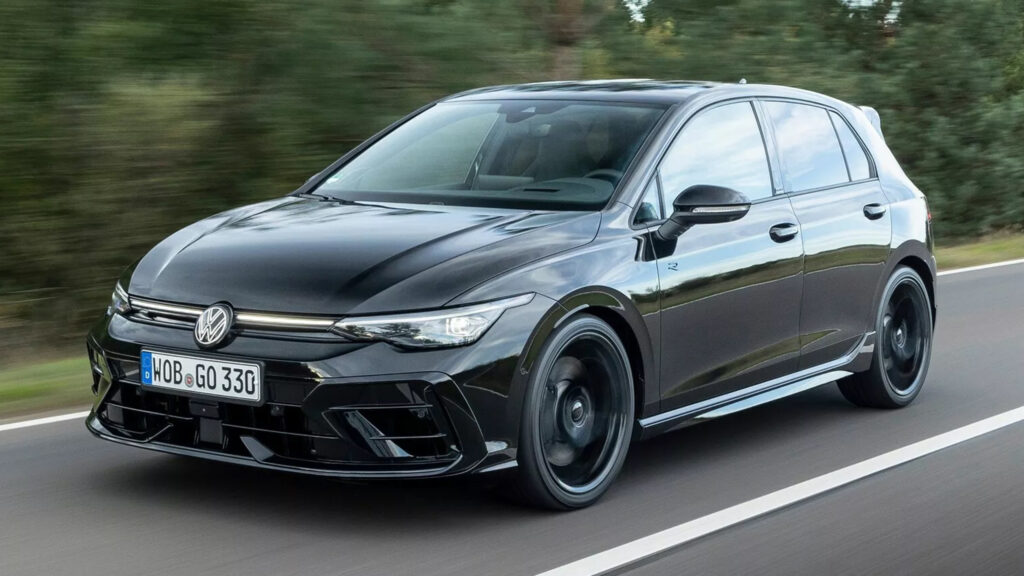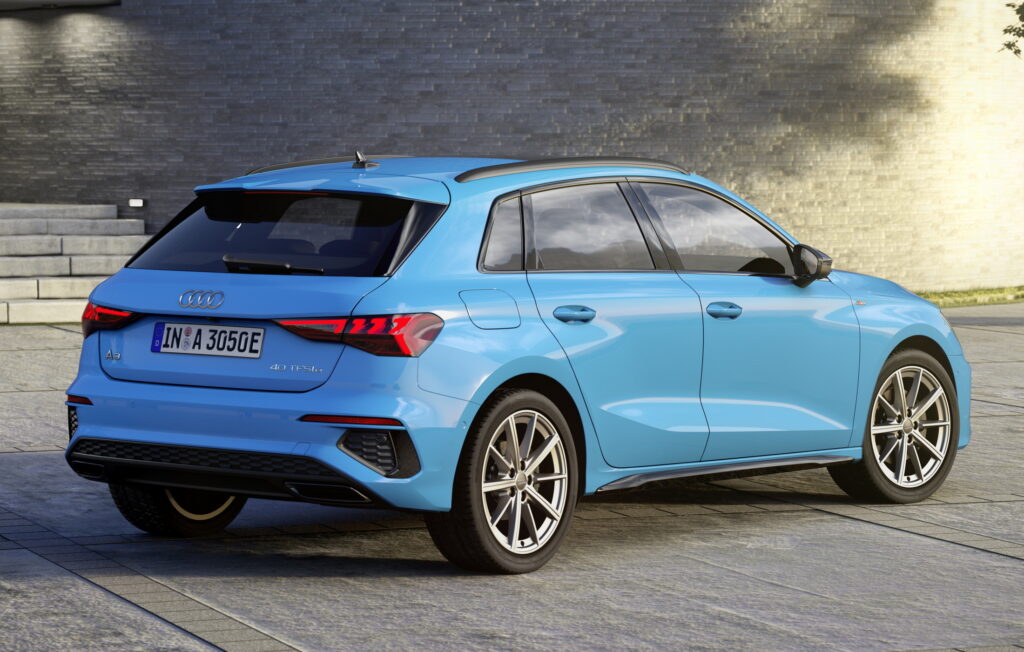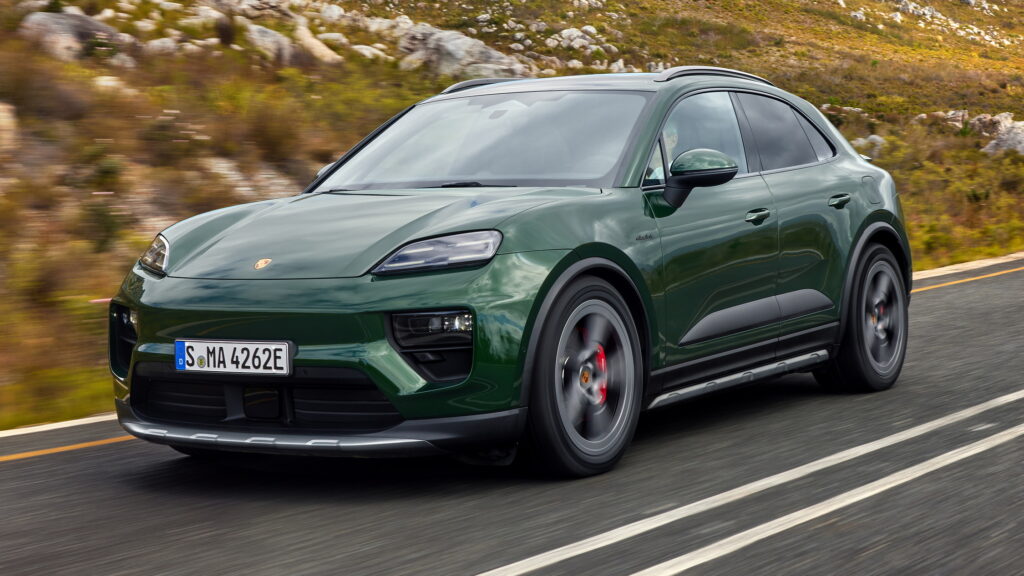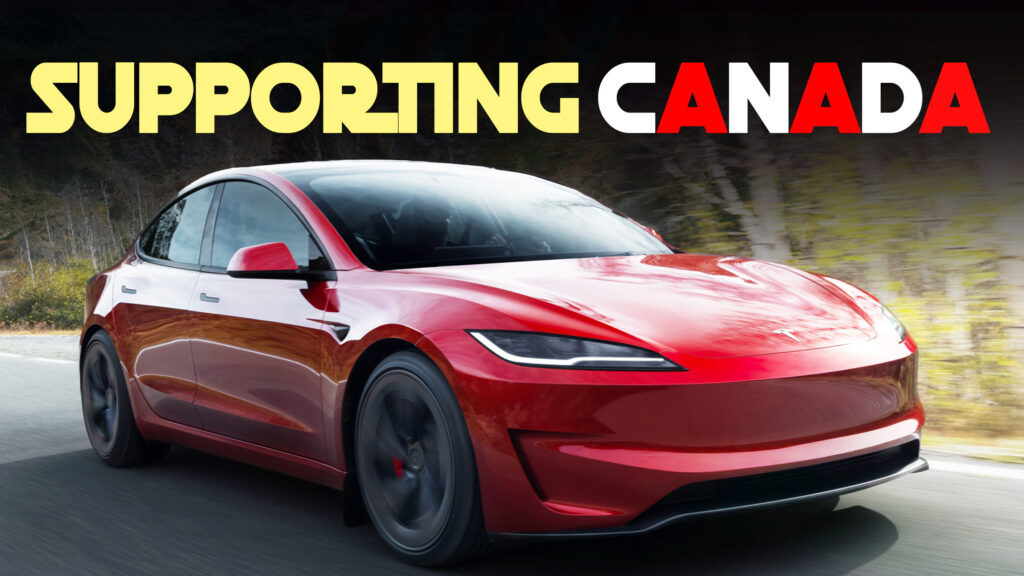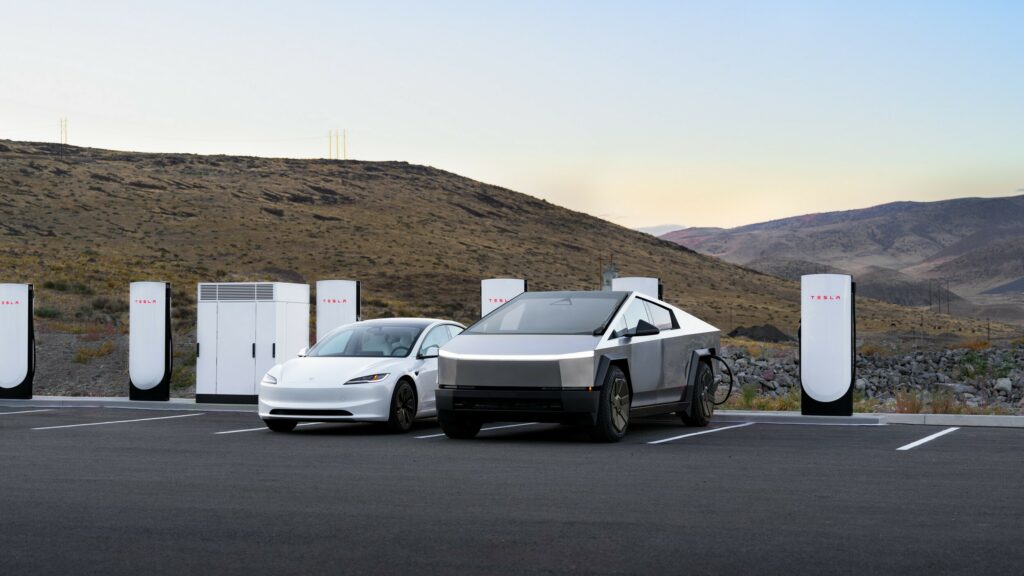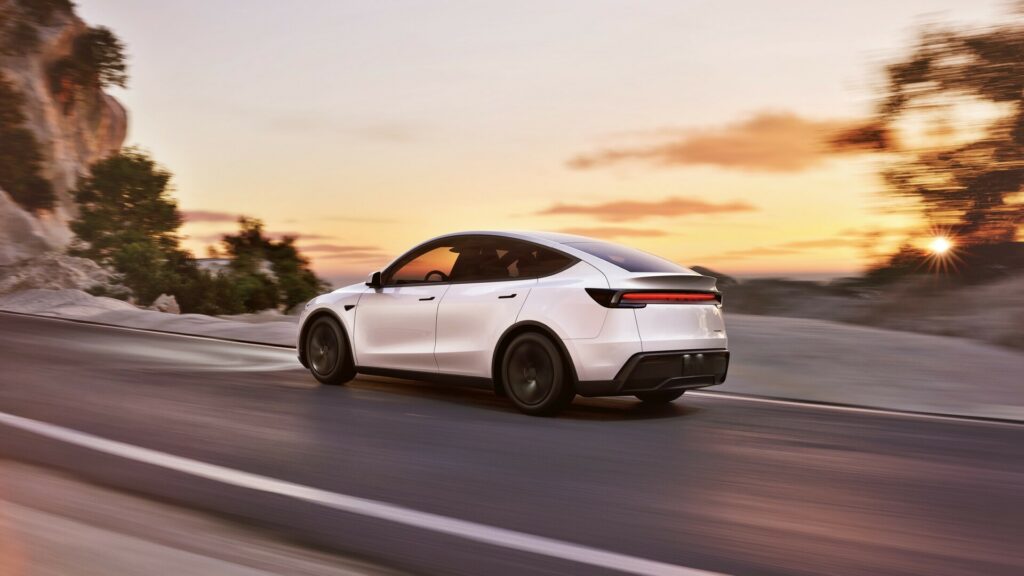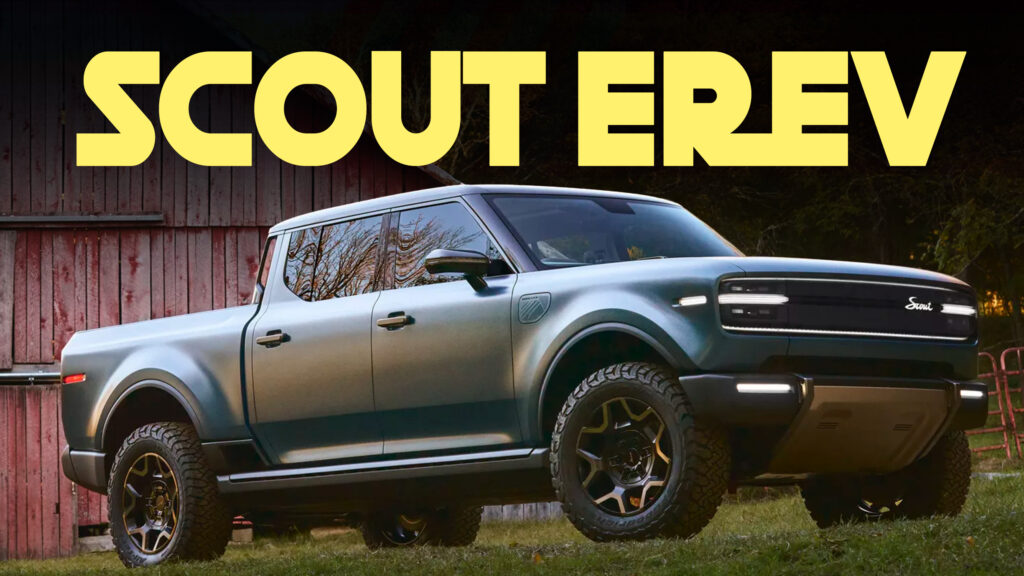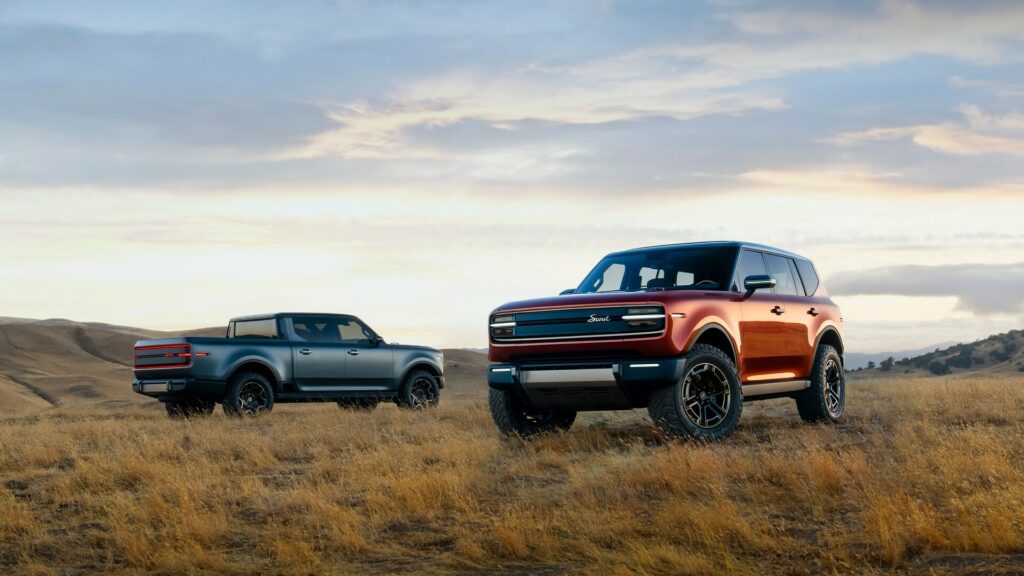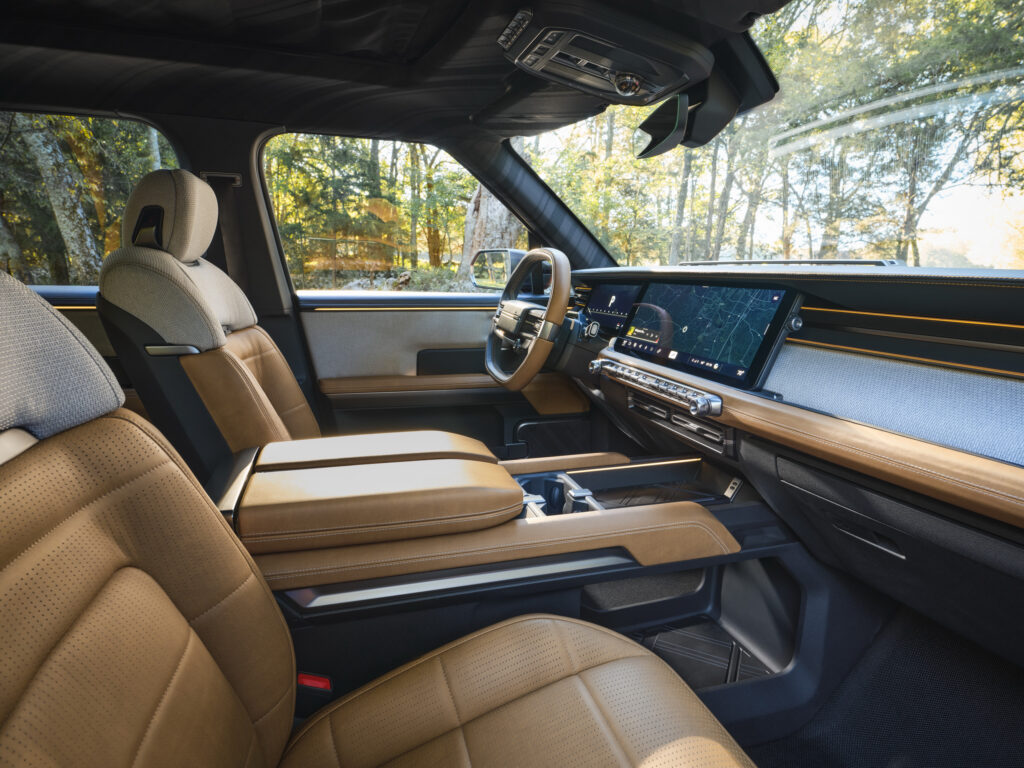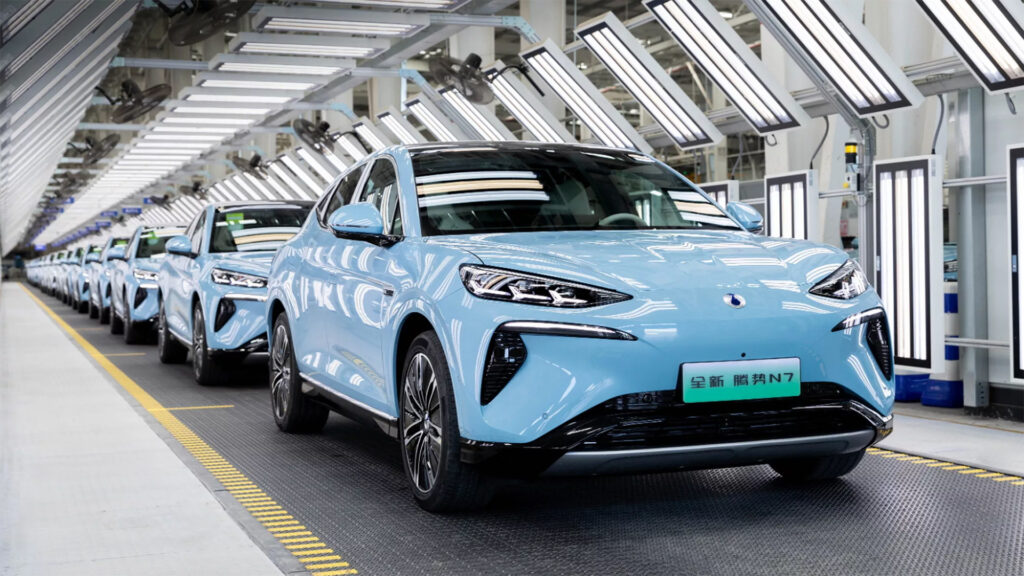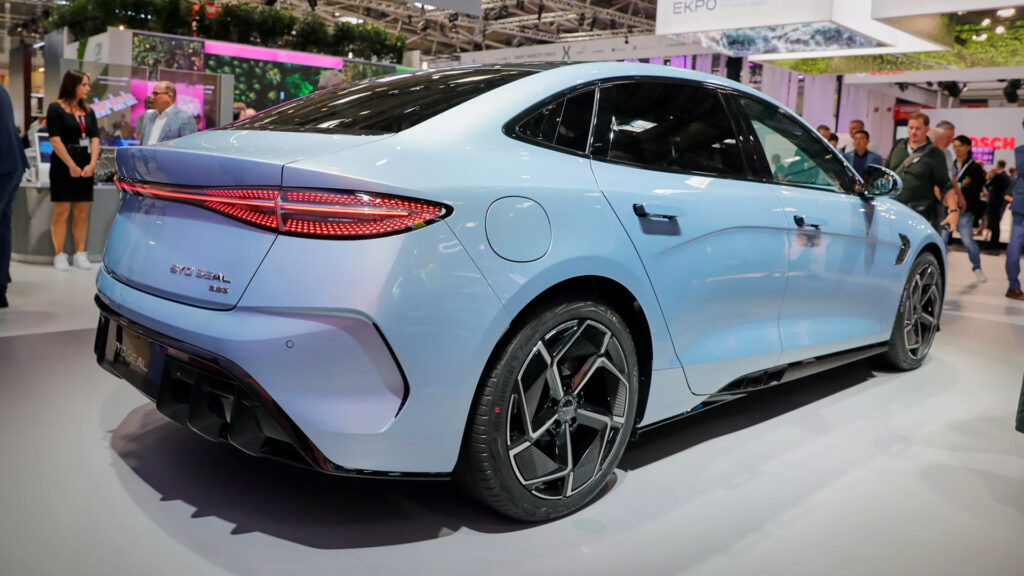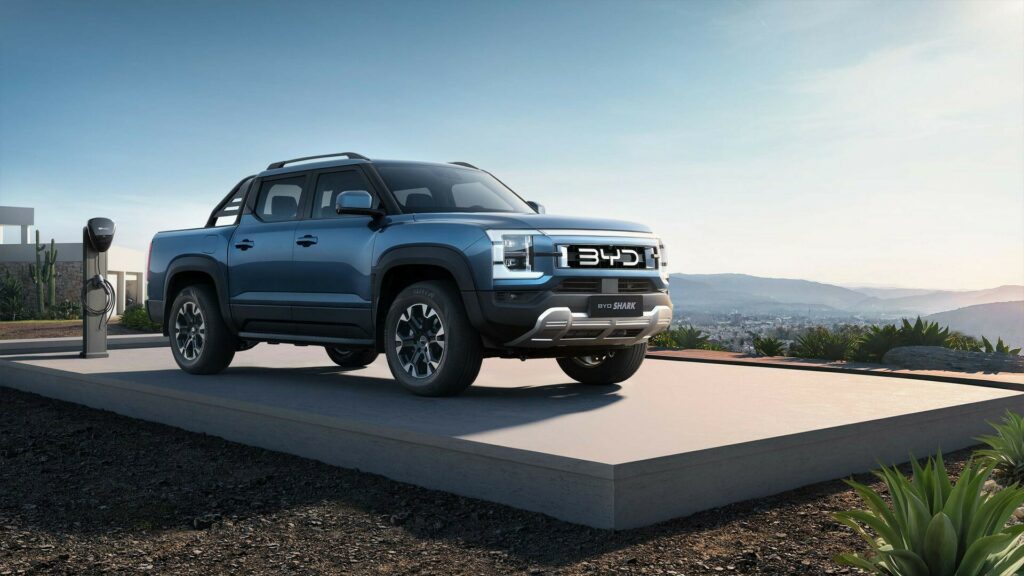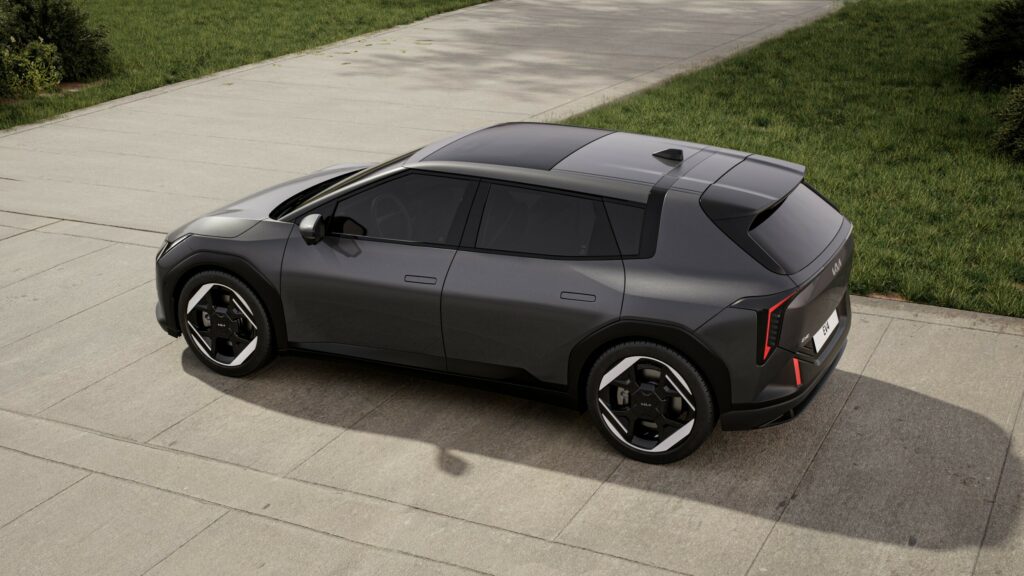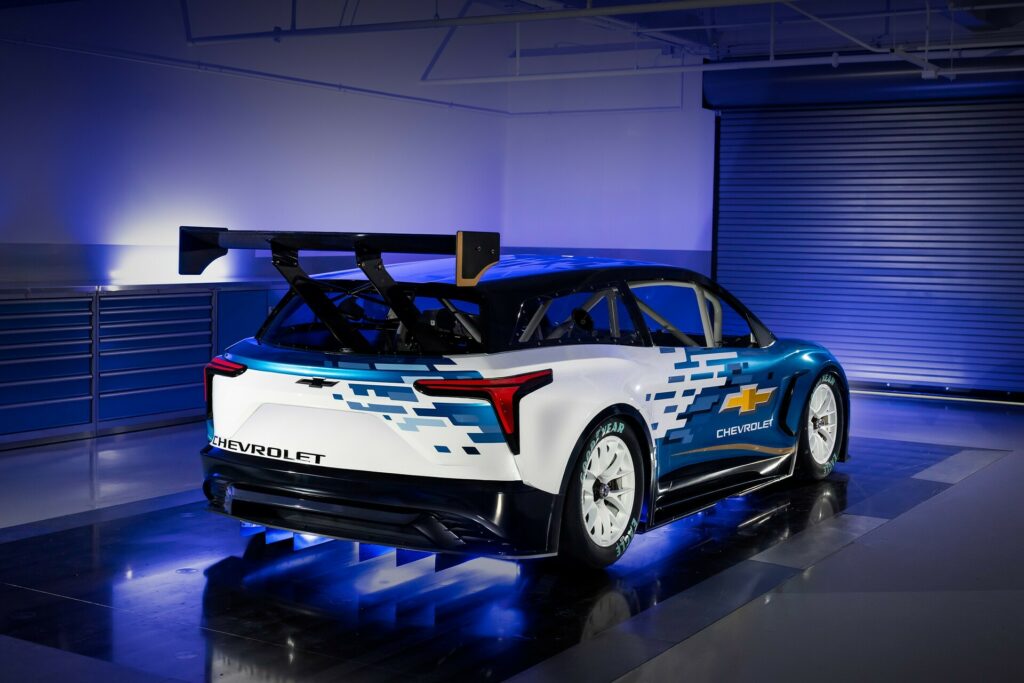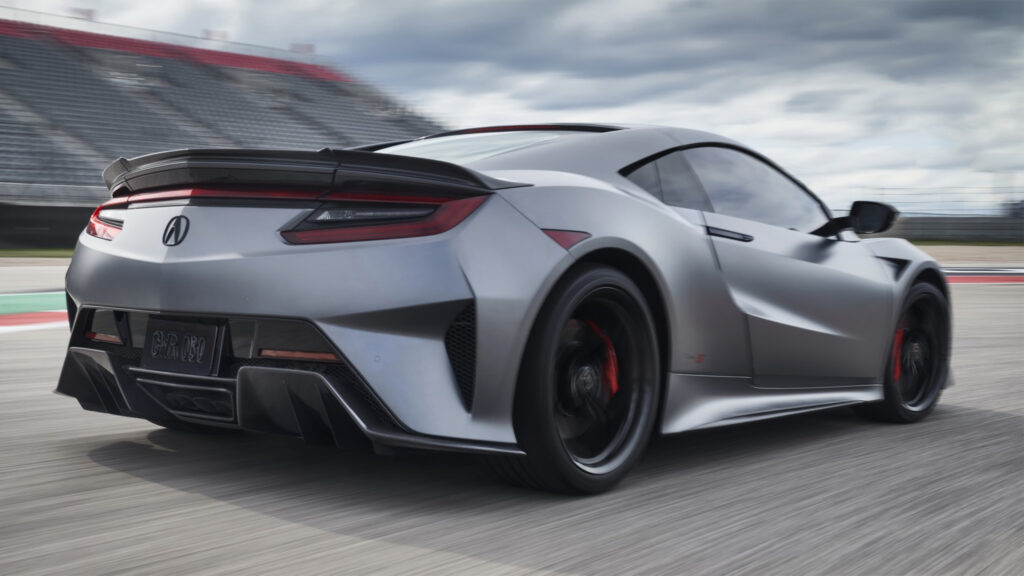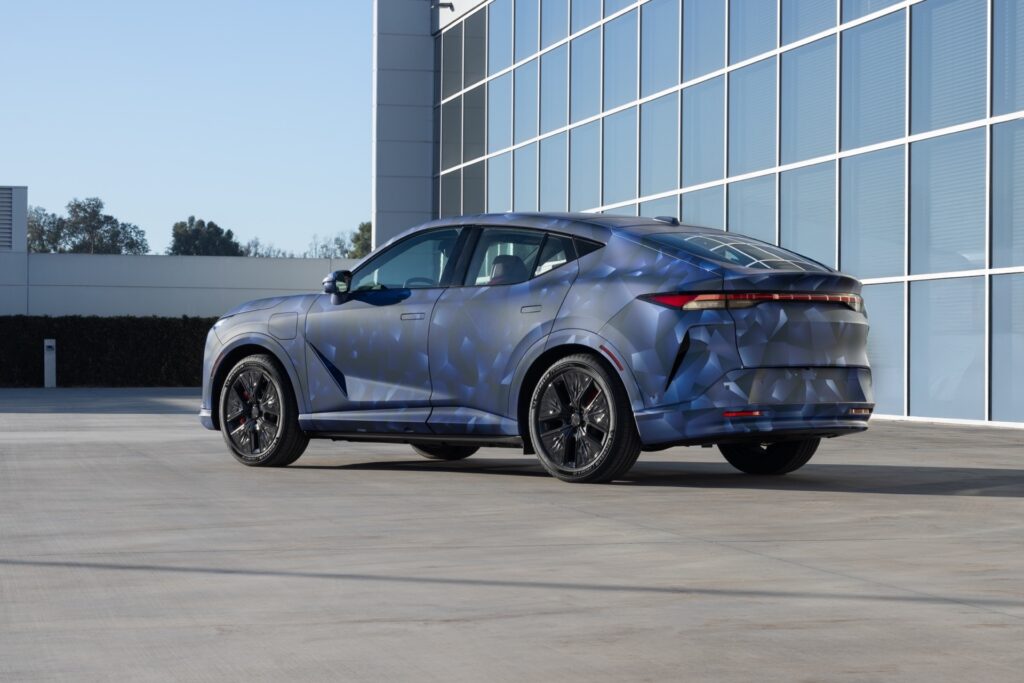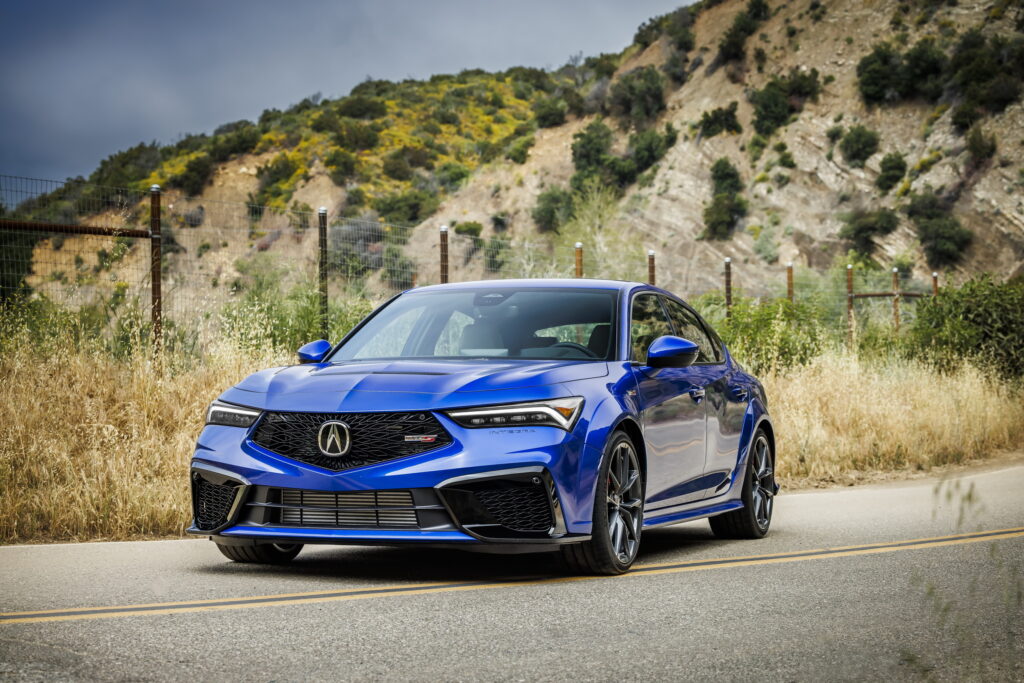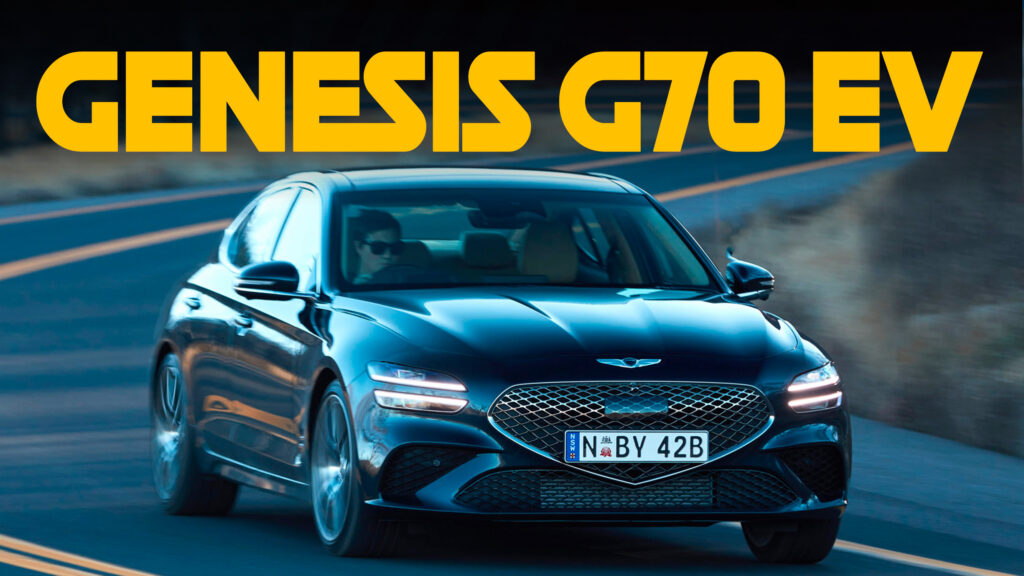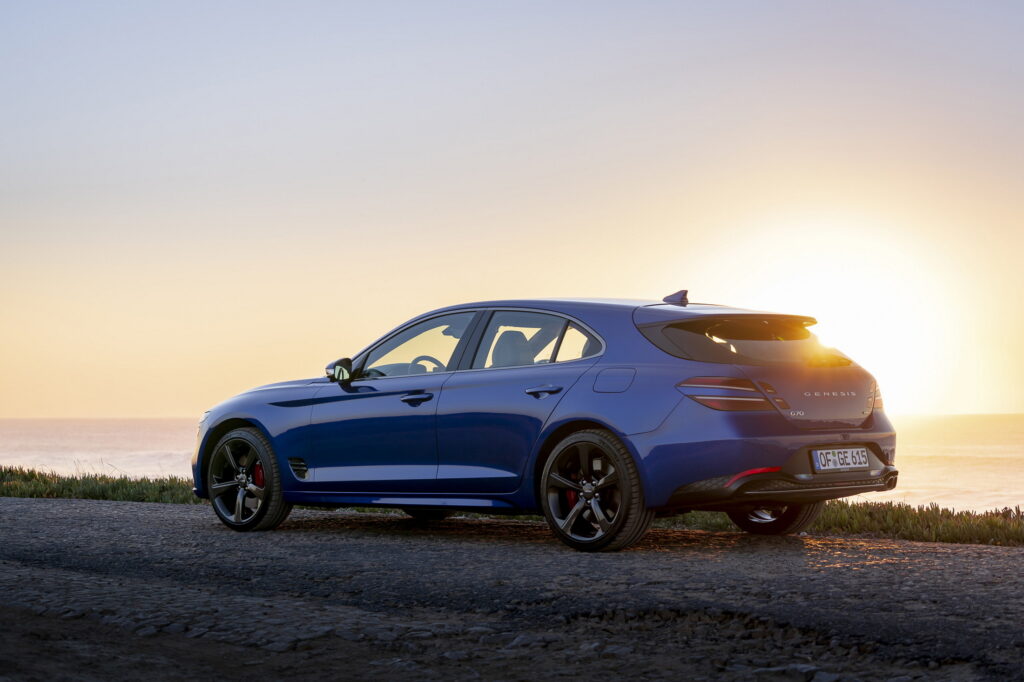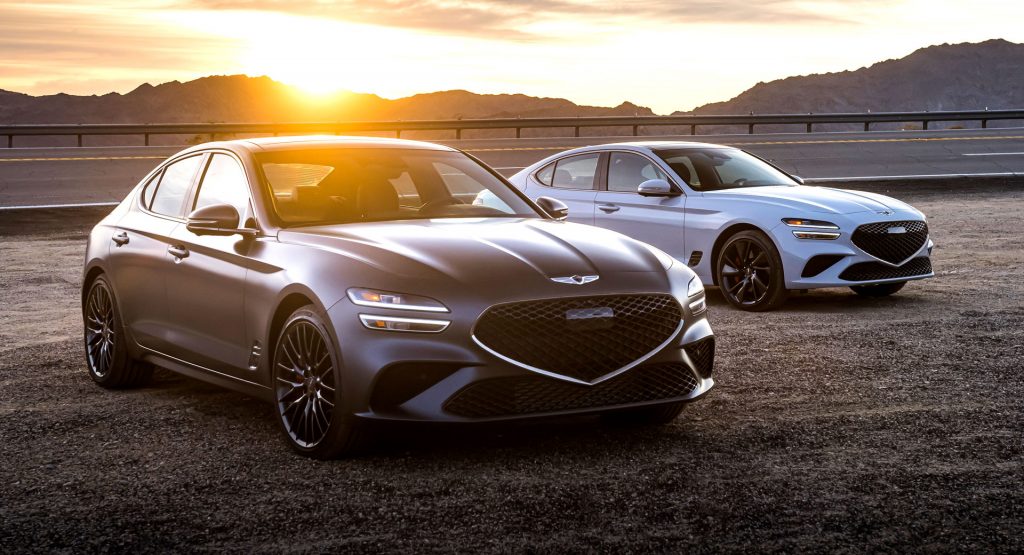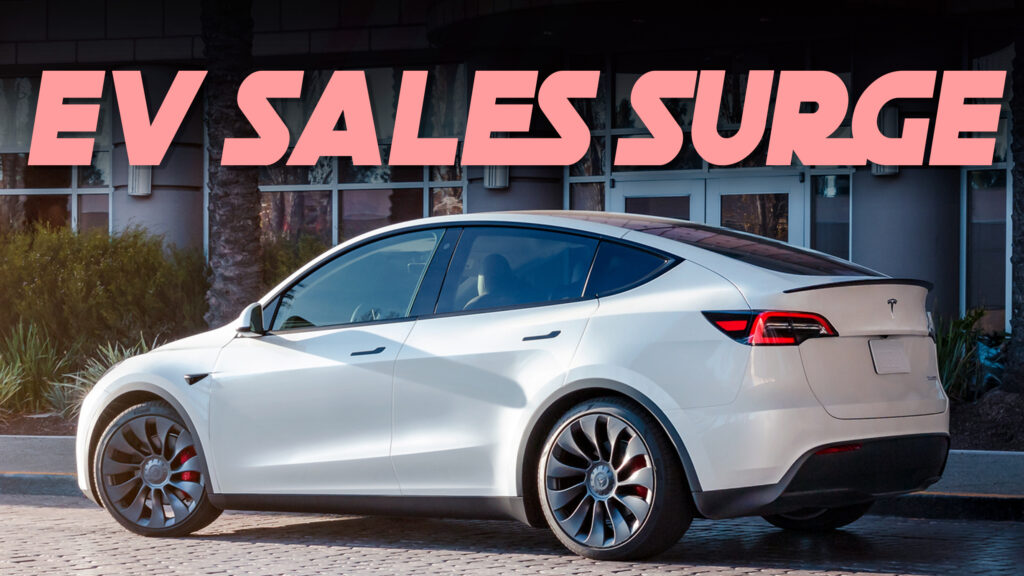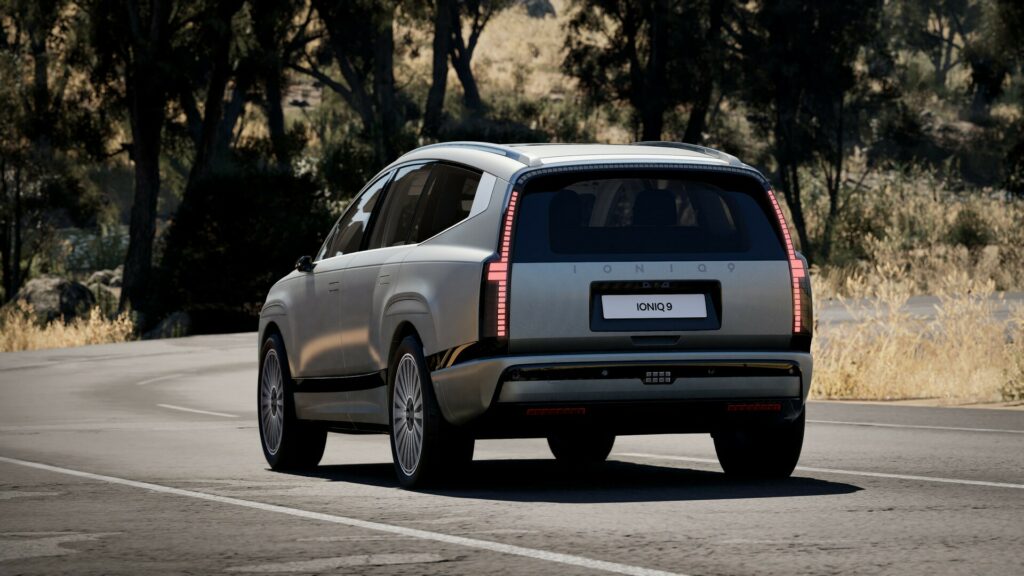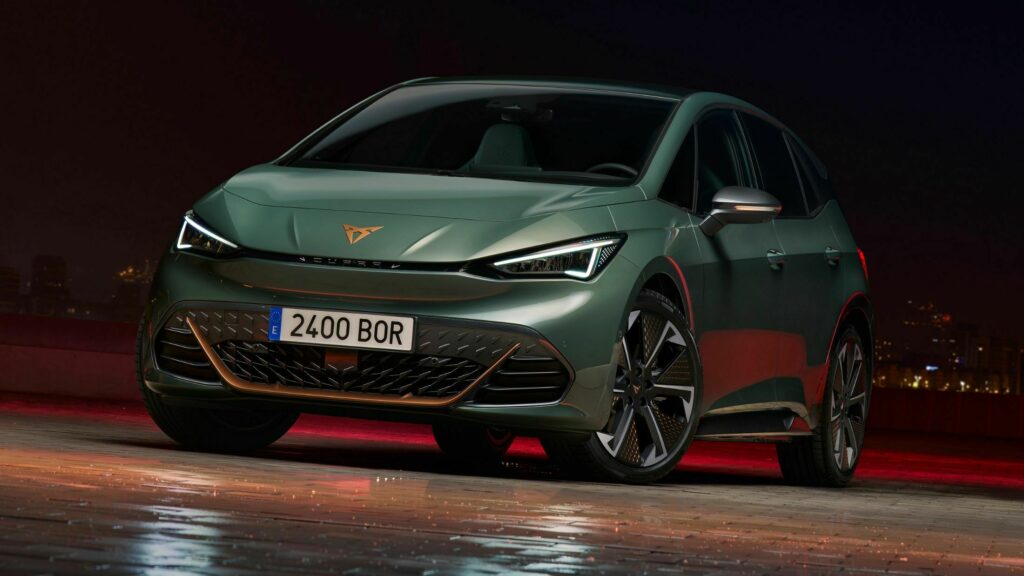Kia’s Electric PV5 Is Also Getting A Flatbed Truck Version

- Kia’s electric PV5 pickup will likely offer single- and dual-motor configurations.
- The truck is designed for commercial customers, catering to businesses’ needs.
- It will use Kia’s e-CCPM platform, though technical details remain undisclosed.
The world will soon get its first detailed look at the Kia PV5 van on February 27. But even before the official debut, spy shots have surfaced of an unexpected variant, one that could shake up the commercial EV market. While Kia has so far teased only the Passenger Van and Cargo Van versions, this prototype reveals a small flatbed truck. It seems Kia is aiming to cover all the bases with its new EV family.
This disguised prototype was snapped during ongoing winter testing in Europe. While the front end has been shielded from view, it appears largely identical to the van versions of the PV5. Kia’s engineers have hidden the distinctive LED daytime running lights, but the main headlamps positioned lower down on the fascia are visible.
Read: Kia’s Road-Ready PV5 Looks Just Like Last Year’s Concept
In addition, we can see the prototype has the same tiny hood of the van, identical wing mirrors, and the same small corner windows behind the A-pillars. The familiar design continues along the side with the same doors and side windows as the van. However, whereas the PV5 models that Kia has already revealed are vans, this prototype ditches the rear cab in favor of a large bed.
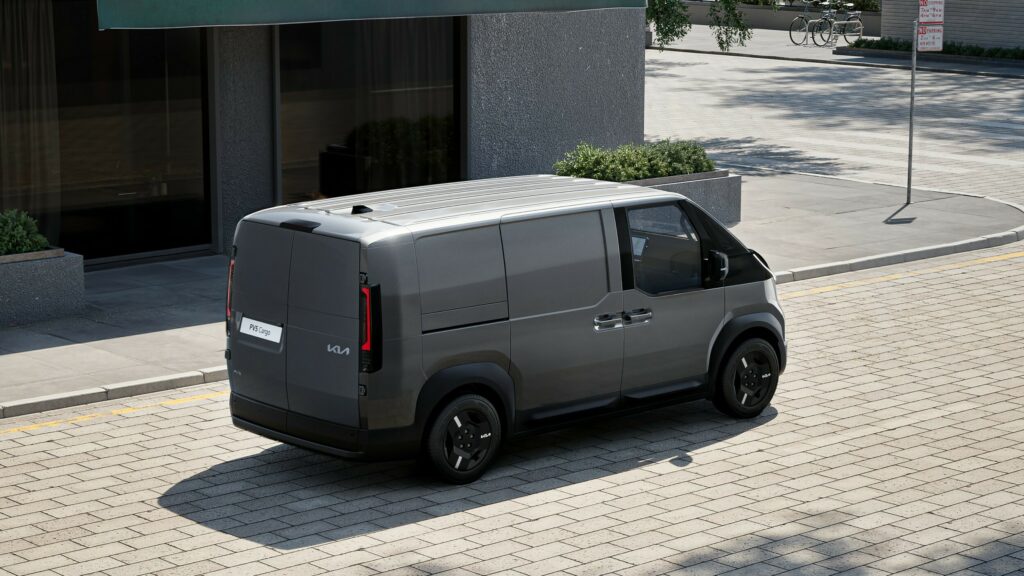

Clearly designed with commercial customers in mind, this PV5 has a cage behind the front cab and a bed that looks to be at least five feet long. It stretches out far beyond the line of the rear axle and looks quite practical for anyone who will need an EV to lug around large loads.
We know that all Kia PV5 models will be underpinned by the brand’s Electric Complete Chassis Platform Module (e-CCPM) platform. However, Kia has not provided important technical details about the EV, including the size of the battery pack and how much power it will have. We suspect that entry-level models will rely on a small electric motor at the front axle, while other versions could also have an electric motor at the rear.
